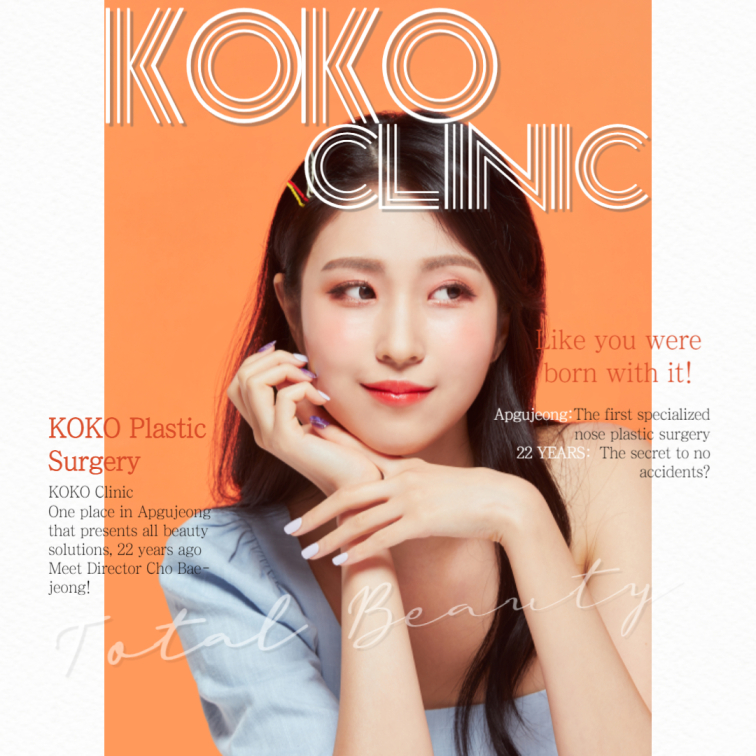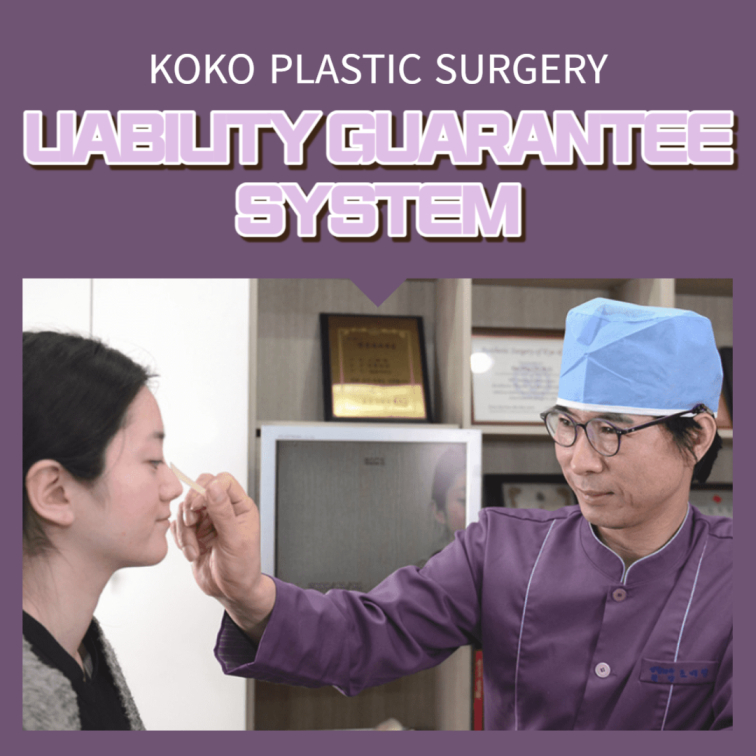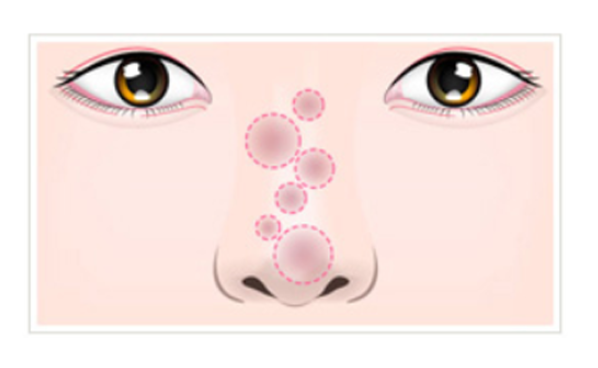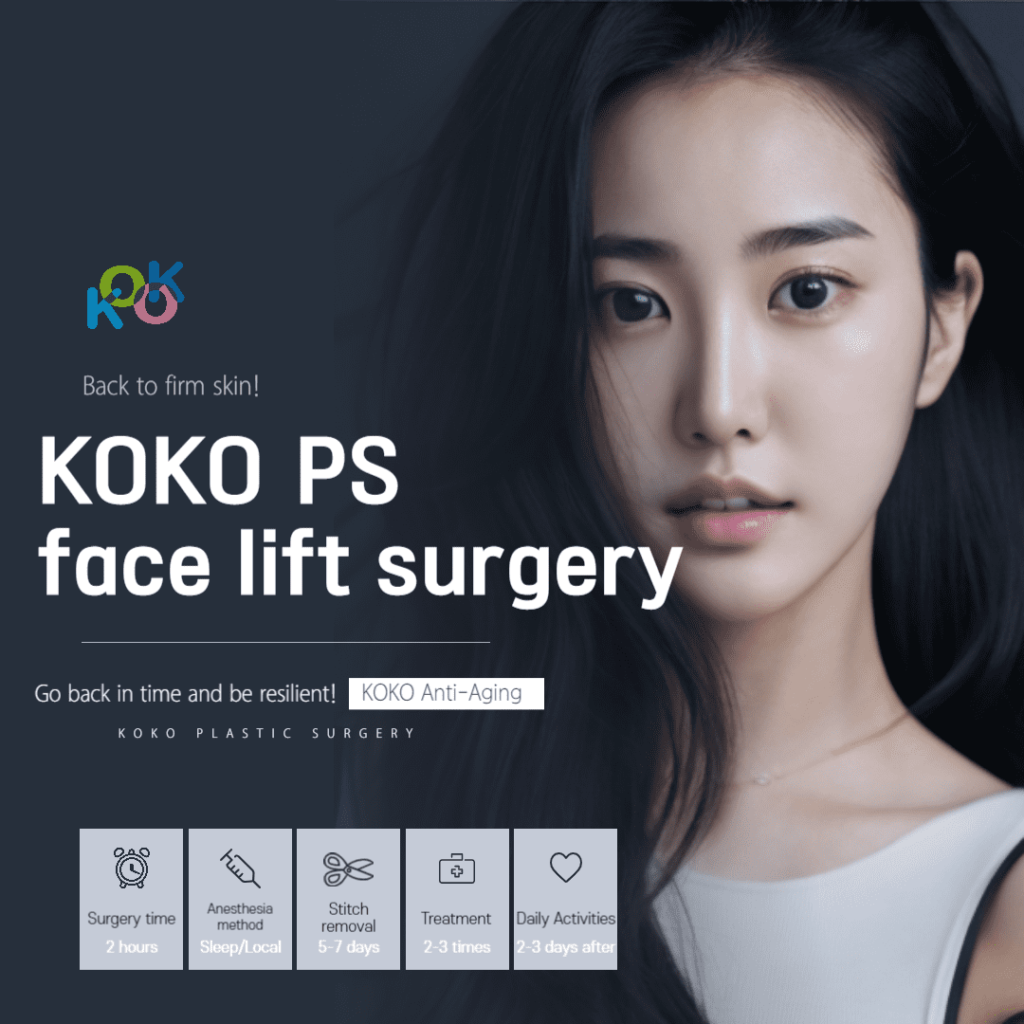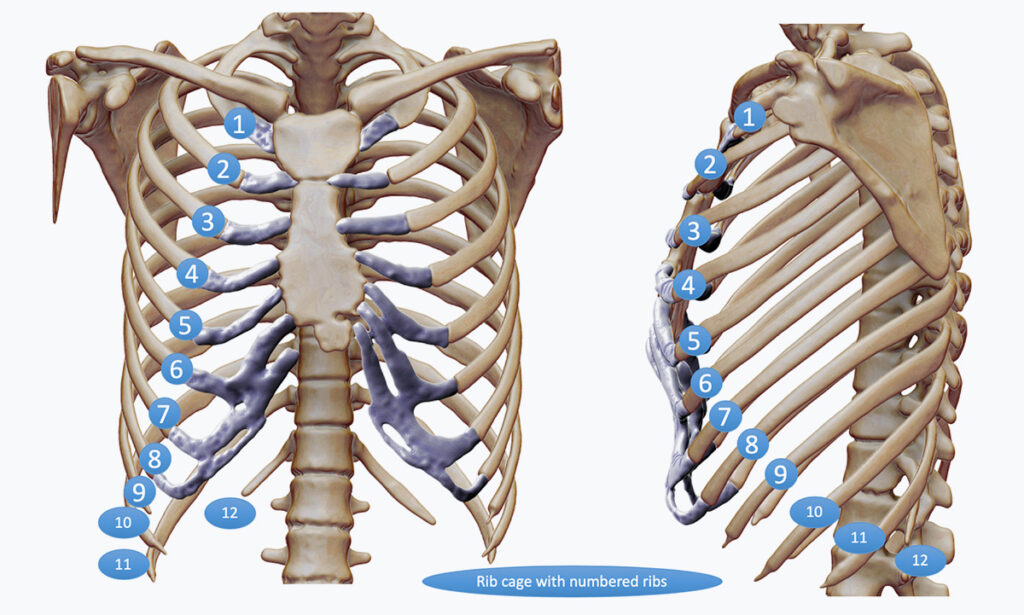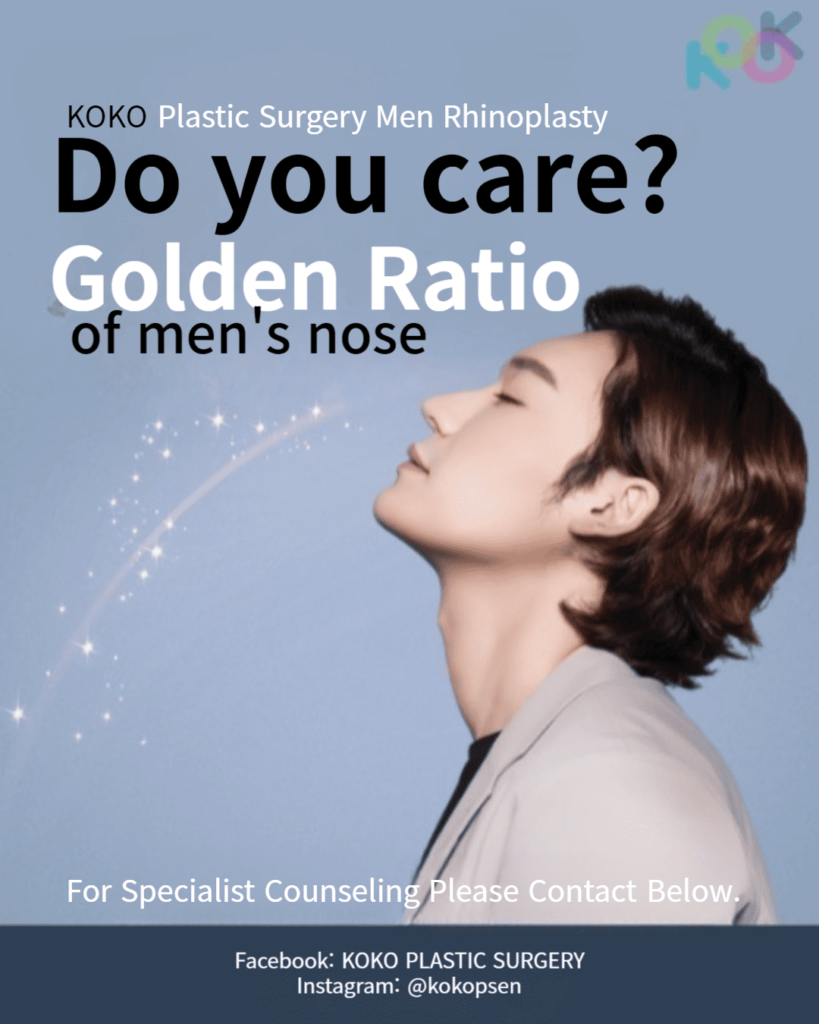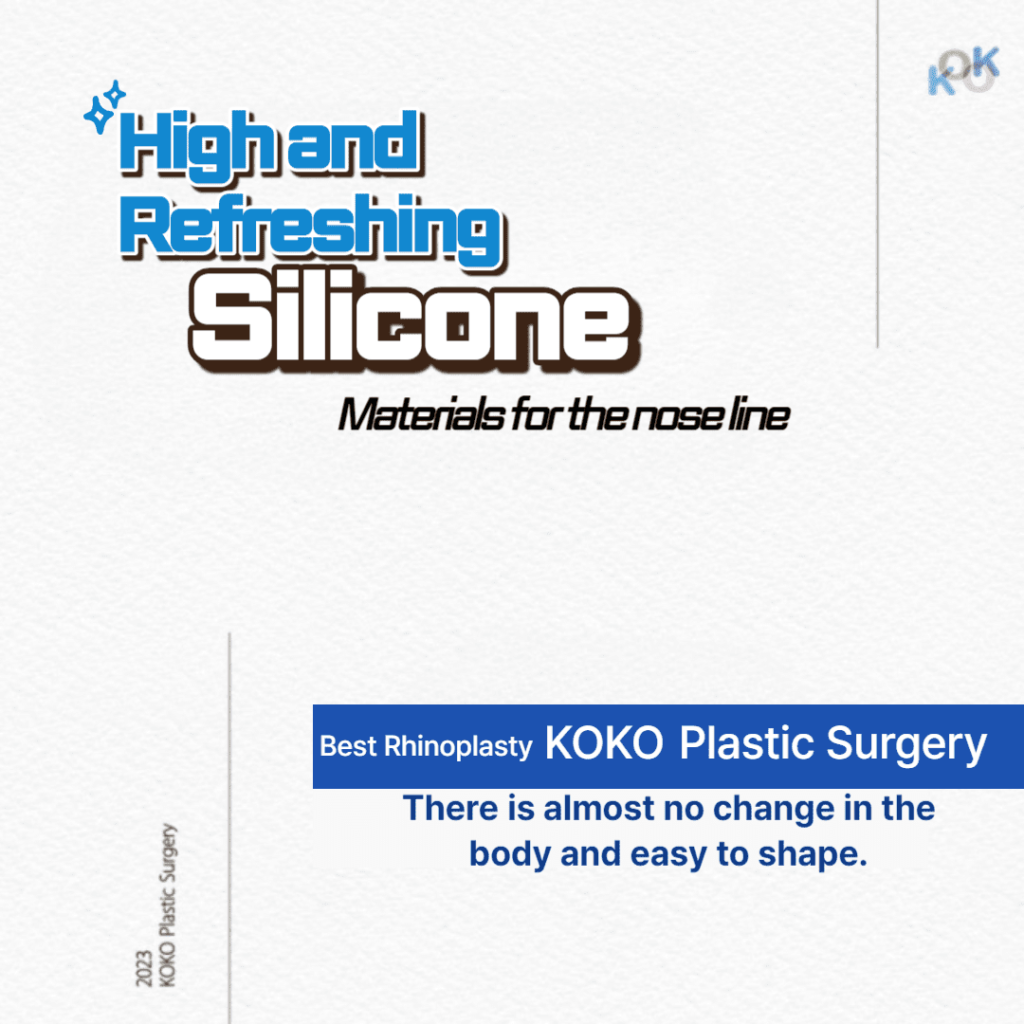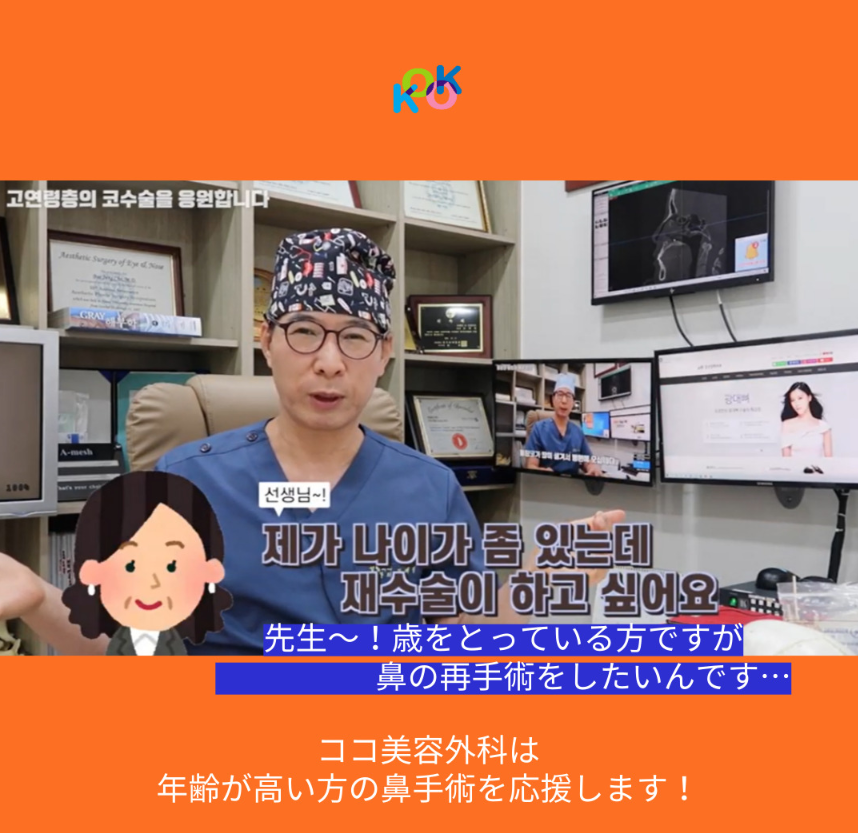Silicon, Gore-tex, Self/Donated Dermis, Medpor, Mesh, Autologous/ Donated Cartilage, Nasal Septum.
Solutions to all beautiful faces in Apgujeong with 22 years of experience and no accidental flaws.
We are KOKO Plastic Surgery Clinic.
Today we will talk about Materials Used in a Nose Surgery. Silicon, Gore-tex, Self/Donated Dermis, Medpor, Mesh, Autologous/ Donated Cartilage, Nasal Septum.

If you decide on having a nose surgery and try going for consultations with various clinics, you can know that they all use different methods and recommend different ingredients.
You make the choice, so it is essential to have some background knowledge about it!
Therefore today, we will tell you different types of ingredient materials that are used for nose surgery.
From silicon, cartilage, autologous plasty, etc… There are A LOT of ingredients for nose surgery.
It is difficult to make a decision on these ingredients, as each and every ingredient has their pros and cons.
By comparing this variety from your previous knowledge and this post, let’s choose the most suitable option personally for you!
Should we learn one by one?
Nose Bridge

-
Silicon
Bridge nose surgery uses Silicon nowadays.
There are barely any changes in the internal body structure, less reactions with foreign substances, easy to carve and shape and easy to remove.
Also, it gives a clear and vivid nose bridge shape,
So best recommended for patients with thick skin or clear nose shape.
As it is a foreign substance to the body, it can cause infection, and since it is easy to remove, it does not stay well as other ingredients, which can cause shifting of the nasal prosthesis or projection of the silicon prosthesis. Moreover, the formation of fibrous capsules can cause transformation, transparency, hardening and contraction of the nose.
Despite these disadvantages, silicon is the man-made ingredient that can be used the longest without the reactions with the foreign substances.

What one needs to pay attention when using Gore-tex or Dermis / Outer Skin
-
Gore-tex
People used Gore-tex more before Silicon started rising in popularity in nose surgeries.
Gore-tex has small holes called Micropore, and when inserted, surrounding tissue will grow into them.
It strongly attaches to the surrounding tissues, but after a while the height of the nose decrease. When Gore-tex is overly attached to other tissues, the boundary of the nose and the prosthesis becomes obvious. This is why people use silicon nowadays.
-
Autologous dermis plasty
Re-surgeries us Autologous dermis for contracted nose.
So many patients choose this type of nose surgery.
However this is not used for first nose surgery. Autologous dermis is softer than artificial ingredients like silicone, so it is difficult to express the nose bridge’s hard characteristic. Also, it is difficult to maintain height compared to artificial ones, which is why not the most common choice for young people.
-
Donated Dermis plasty (artificial ingredient)
Donated dermis is skin tissue from other people that has removed all cells that can cause an immune reaction, so it can be used inside other human bodies.
Very small piece of it cut out is used to stack on top of people with thin skin during the nose surgery.
If donated dermis is inserted, it is used for people with thin skin as they cannot have prosthesis directly under the skin. The donated dermis layer is covered on top.
NOSE TIP

-
Medpor-Mesh
Medpor is a permanent substance that is not absorbed when inserted in the human body. You can visualize it as an artificial bone with tiny holes.
It is effective when maintaining the shape but it is too hard so the texture is not natural and vulnerable for infections.
Mesh is a substance called PCL (Polycaprolactone), that melts.
You can think of it as the melting thread when used inside the body.
This ingredient is mixed by using 3D printers.
Since it is not taken from other parts of the body other than the nose, it is a cheaper material,
And has quicker surgery time, easily handled.
Before dismantling, it maintains a strong, tall nose tip.
But if not maintained permanently there is a risk of tissue structure around it damaged.

Characteristics of each of the materials.
-
Donated Cartilage
Nose surgery with Autologous Cartilage can leave a scar, and if the patient is afraid of the extraction process, donated cartilage is used.
Donated cartilage is strong and safe.
-
Autologous Cartilage
Our body has a lot of autologous cartilage so extracting some part of it is enough to perform a nose surgery.
Autologous Cartilage has very strong structural characteristics so it is used to support fixture for nose bridge or nose tip.
-
Nasal Septum
The structure itself is thin but quite strong so the maintenance power is good.
It includes extraction of cartilage inside the nose, so it does not require opening or scarring other body parts.

-
Q&A for nose surgery ingredients
-
- Can I reuse autologous cartilage used for the first nose surgery? YES!
- Are artificial materials unconditionally bad? It is hard to say that all artificial materials are unconditionally bad.
But when there is infection, autologous materials (autologous cartilage, autologous dermis, nasal septum) can have natural recovery, but not with artificial ingredients. Even when it might look settled for a while, the infection can reappear, leading to contraction of the nose.
If there are infections, the only way to recover is removal surgery so this requires a lot of time and technique in the treatment.
But if you follow the cautions after the surgery, the chance of having the infection is very low.
-
SUMMARY
That was the explanation for different types of nose surgery materials.
Did you find the material that best suits you?
These materials are used for the body part that is most visible on the facials, so it is important to research and consult with a trust-worthy professional nose doctor.
KOKO Plastic Surgery Clinic has 22 years worth of experience and skills. Our director doctor, Dr. Cho Baejung always tries his best to study and puts effort everyday to offer each and everyone’s beauty.
If you have enough research on nose surgery ingredients, visit Koko Nose Surgery Clinic for consultations.
Kakao talk consultation ID : kokops
KOKO Plastic Surgery Clinic always tries our best for patients’ safety and long-lasting beauty solutions.
Way to KOKO Plastic Surgery Clinic
Subway line 3 ApguJeong station exit 4 (1 minute distance)

